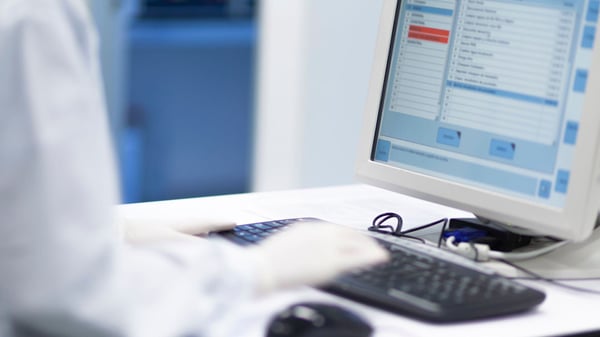Home Office unveils 2030 digital strategy focused on AI, automation and resilience
The Home Office has published its new 2030 Digital Strategy, outlining a vision to become the leading UK government department in the use of digital, data and technology.
The strategy builds on the progress made since 2021, when the department launched its first major digital roadmap. This next phase focuses on eight key strategic shifts designed to embed innovation, improve efficiency, and strengthen national security.
“We are not just talking about transformation – we’re delivering it,” said Rob Thompson, Chief Digital, Data & Technology Officer. “This strategy sets out how we’ll use technology to help keep citizens safe and the country secure.”
Eight strategic shifts to drive change
At the core of the strategy are eight long-term shifts aimed at modernising how digital services are developed, operated and improved.
- Transform digital services with AI and automation
The Home Office intends to embed AI and automation across most of its business areas by 2030. Key examples include frictionless border crossings, expanded use of automated passport checks, and AI-driven freight inspection to combat illegal imports and trafficking.
The strategy also outlines plans to enhance Automated Number Plate Recognition (ANPR) systems to support frontline policing and to consolidate crime intelligence from both domestic and international sources. - Invest in sustainable systems and platforms
Instead of replacing systems wholesale, the department aims to make better use of existing infrastructure. That includes extending the use of cloud technology and open platforms, as well as developing reusable services that can support cross-government needs. - Build agility and resilience
Given the critical national importance of many of its systems, the Home Office plans to build infrastructure that is adaptive to unplanned events and scalable under pressure. Agile delivery frameworks and resilient storage capabilities will underpin these improvements. - Strengthen cyber security
As cyber threats evolve, the Home Office will embed security into all digital services via the Secure by Design Framework. This includes increasing internal security capabilities and making all staff confident in identifying and mitigating cyber risks. - Improve data capture and sharing
Data will be treated as a strategic asset. Shared, secure access across government will enable better policy decisions, service design and operational efficiency. ANPR data and machine learning will be used to generate new insights and automate tasks. - Evolve the digital operating model
The department is reorganising around digital products rather than traditional IT functions. This shift, targeted for completion by the end of 2028, will enable faster delivery, clearer accountability, and closer alignment between user needs and technical solutions. - Reduce the cost of digital operations
Efficiency is a major driver behind the strategy. Standardised automation, smarter supplier management and a focus on sustainability are all intended to help the department deliver more at lower cost. This includes meeting net-zero targets for digital operations.
8. Boost digital skills across the workforce
A large-scale upskilling programme aims to ensure that every Home Office staff member has a foundation in digital, data and technology. By 2030, the target is for 100% of senior leadership to be digitally confident. Apprenticeships, talent pipelines and retraining will play a key role.
Launching the strategy, Dame Antonia Romeo DCB, Home Office Permanent Secretary, said: "From embracing the advantages of AI and automation, to investing in digital systems we can maintain and improve over time, and improving civil servants’ digital skills, our digital strategy aims to make us fit for purpose in delivering the Governments agenda and embracing the Prime Minister’s focus on using digital, data and technology to create a more agile and effective state."





